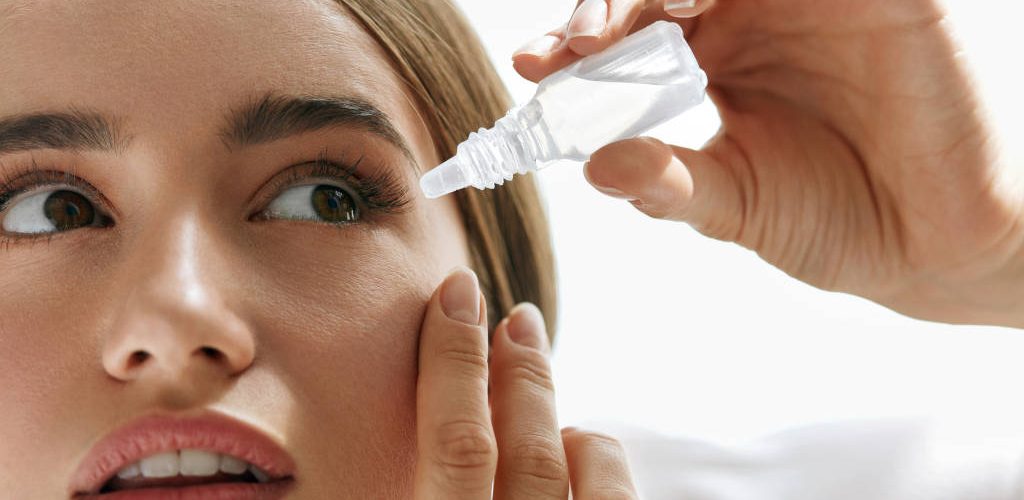Dry eye is a problem that is of great concern to patients of all ages today and has a significant impact on their quality of life and their daily activities.
It is defined as chronic lack of hydration and adequate moisture of the outer surface of the eyes. Tears are useful to moisten the outer surface of the eye, to remove the dust and microorganisms and protect the eyes from infections and optimize vision by offering clear refractive media so that a clear picture can form on the back of the eye.
Symptoms of dry eye mainly include soreness and sand sensation in the eyes, blurred vision that often clears if we blink a lot, heavy eyelids, and often headache and impaired concentration on computer work.
The most common cause is blepharitis which affects the stability of the tear film due to insufficient production of lipids from specific glands inside the eyelids. Dry eye can also be caused by insufficient production of tears from the tear glands, as in Sjogren’s syndrome and other similar conditions in which there is the production of tears is not sufficient to meet the needs of the body.
Factors affecting dry eye are
- prolonged use of computers, tablets and cell phones for several hours every day
- prolonged use of contact lenses
- Age progression and hormone disorders due to menopause
- use of air conditioning for heating and cooling that dries the atmosphere in which we live and work
- Smoking
- Other diseases such as diabetes, thyroid disease, lupus, rheumatoid arthritis, Sjogren’s syndrome
- Systemic medication that patients take for other conditions
- Eyelid problems and previous corneal surgeries such as LASIK for myopia
Depending on the cause of the problem, there are currently recommended treatments that can at least improve the symptoms and at the same time improve quality of life.
These treatments include
- eyelid hygiene combined with medication to improve lipid production,
- supplements of artificial tears to help cases of deficient production,
- food supplements,
- artificial occlusion of the tear drainage system with special inserts,
- Special laser treatment of eyelids to improve blepharitis
Ophthalmology nowadays has several solutions to offer for this quite common and annoying problem that people face due to the modern way of life.






